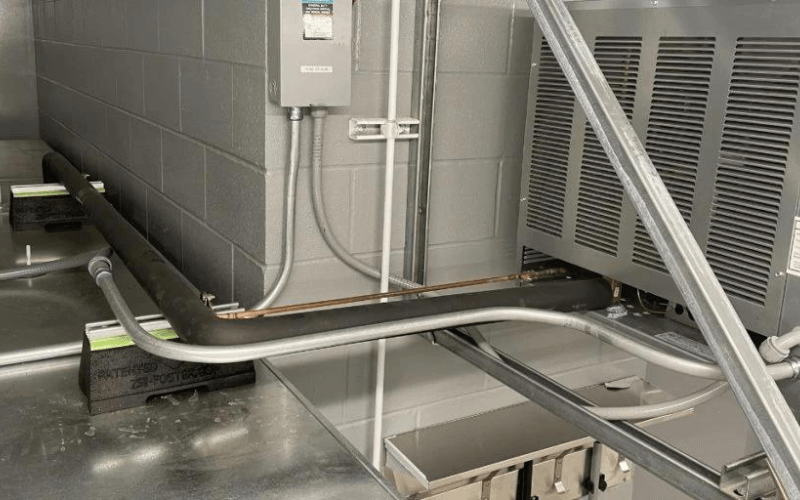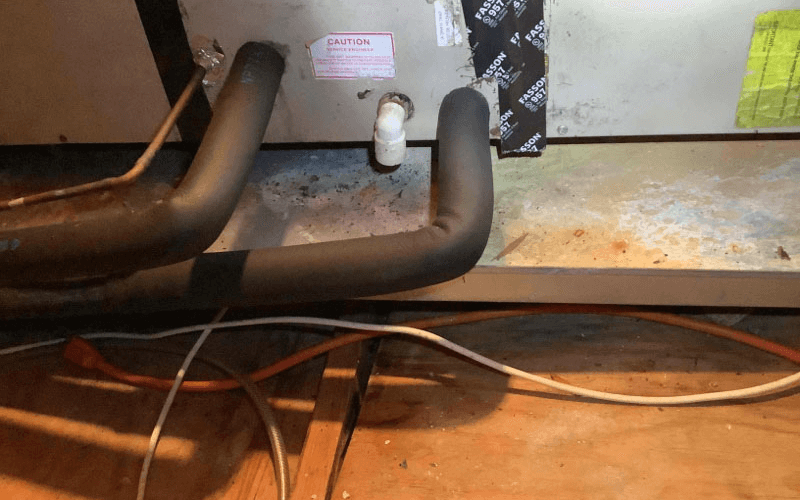A gable vent allows heat and humidity to escape in the summer and moist air to escape in the winter, providing efficient attic ventilation. Heat, if left unventilated, can cause structural damage in the attic over time. On the other hand, moist air promotes the growth of mold and mildew, posing a severe health risk to your home’s residents. Windy storms can enter your home via the gable vent. Adding a baffle is the most effective way to prevent rain from blowing through the gable vents. It allows for the movement of air but not of water. You can use a deflector to redirect rainwater. These are available in various sizes and can fit the vent cover.
Rain and moisture can deteriorate wood, encourage mold growth, and ruin stored items. It takes some time to stop rain from blowing into the attic vents, saving you money on costly repairs.
Table of Contents
ToggleWhat are Gable Vents?
The gable vent provides passive ventilation in the attic. You can use the gable vents for intake and exhaust in the attic. The two nozzles serve as air supply and exhaust vents if the air flows straight parallel to the gable nozzle.
The airflow through the vents draws warm air up through the attic. Warm air escapes from the attic, creating negative pressure and attracting cool air from the surrounding environment.
Also, Read: Is It Necessary to Install a Dehumidifier in the Attic?
| Image | Product | Features | Price |
|
Best Seller

|
BESTOYARD 2pcs Air Conditioner Cover |
Air conditioner covers: Easy install, durable material, prolong machine life. |
$40.99
|
|
Best Seller

|
BESTOYARD 3pcs Air Conditioner Cover |
Outdoor AC cover: Durable Oxford cloth, secure grip, protect from elements. |
$45.69
|
|
Best Seller
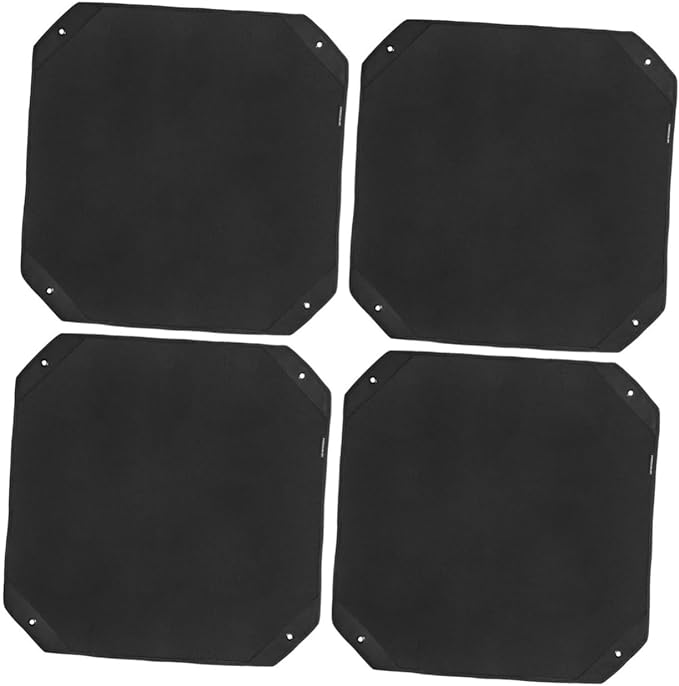
|
BESTOYARD Outdoor Ac Cover 4pcs |
AC outside units cover: Oxford cloth, protects from weather, easy installation. |
$57.09
|
|
Best Seller
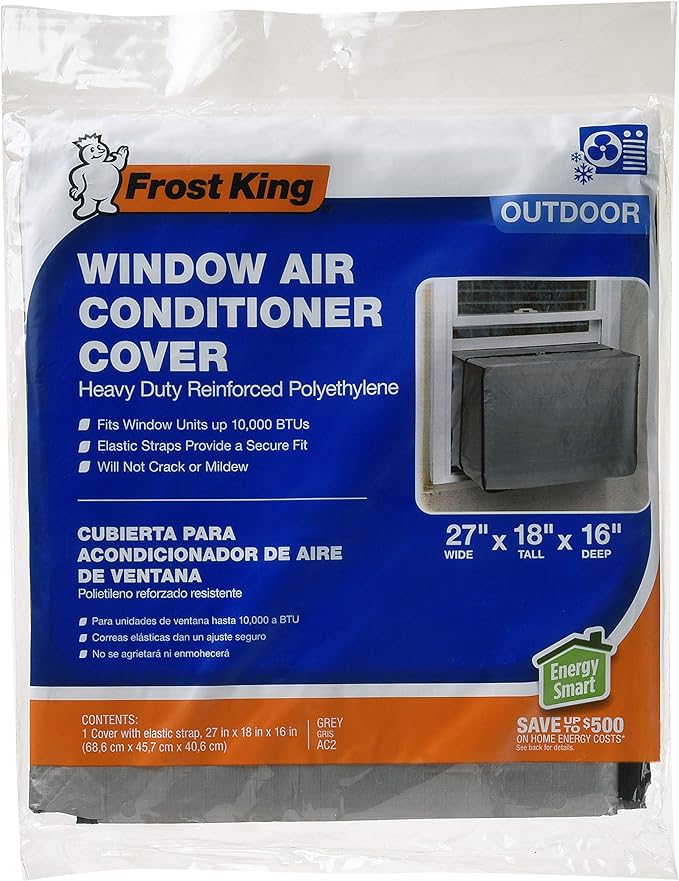
|
THERMWELL Frost King AC2H Outside Window Air Conditioner Cover, 18 x 27 x 16-Inch, |
Central air conditioner cover: Seal out debris, prevent rust, snug fit. |
$5.68
|
|
Best Seller
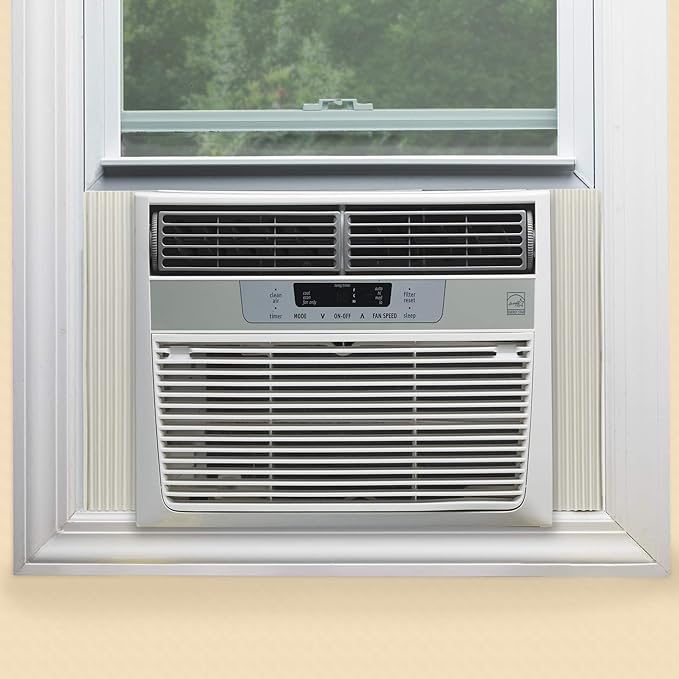
|
Thermwell Frost King AC18A Air Conditioner Side Panel Kit, 2-Pack, |
New side panels: Reduce draft, dust, moisture. Easy installation, flexible vinyl. |
$19.56
|
Gable Vent Rain Protection Measures:
Sealing:
Sealing the gable vents is one of the most effective methods of preventing leaks. The gable vent is the source of ventilation for your home’s attic. However, if exposed to harsh weather conditions, you may seal the gable vent. You also have to seal and insulate around dryer vents.
Here is a step-by-step guide for preventing gable caulking leaks.
- Determine The Size of The Gable Vent:
Calculate the size of the vent you want to seal. You can accomplish this with a tape measure. Knowing the exact size of the gable vent gasket will make it easier to purchase the gasket.
- Cut the Sheet to Fit Around The Vent:
Cut the sheet metal attached to the gable vent to the desired length with a saw. To block the vents, use a polymer-like material or a piece of wood. Cut from outside the markings to avoid missing a size that doesn’t fit.
It is best to cut less frequently because sandpaper can finish and function the edges.
- Join the Sheet:
Use nails to secure the sheet to fit the gable vent once you have cut the sheet. Use a finishing nailer to drive the screws into the board’s edges to avoid pins and ensure stability.
- Completion
Consider framing if the sealing, once applied, is not pleasing to the eyes. Make it more appealing by adding bottoms, tops, and side frames. On the other hand, sandpaper on the edges can help smooth it into a comfortable shape.
Keeping Vents Secure:
Rain can enter the attic through loose vent covers. To access the vents, use a ladder and a screwdriver to tighten the screws on the vent cover. Since most vent covers can only be mounted in the corners, additional screws may be required to secure the vent cover. Drill a hole in the center of each vent panel and attach the vent cover with 3/4-inch wood screws.
Deflector:
Install a deflector above the vents to keep rain blowing through the door. Deflectors are available in various sizes, configurations, and colors to match existing vent covers. For outdoor use, select a stainless-steel ventilation cover. The deflector is secured to the attic vent cover with sheet metal screws. Deflectors will prevent the rain from entering through gable vents and eventually will reduce the moisture in the attic.
Additionally, keep The Birds Away From The Gable Vents!
Aside from rain coming in through your vents, it will help if you are concerned about birds nesting in your attics, such as house sparrows and starlings. It is relatively simple to keep the bird away from the gable vent. There are several methods for this, including using a hardware wipe or a vent cover.
Hardware cloth is made of metal wire and comes in various shapes and sizes. They are simple to install and serve as a safeguard for your home-attaching system.
The vent cover can also keep birds away from the gable vent. Close all attic vents that could allow birds to enter the attic or your home.
Alternatives To Gable Vents:
Magnetic Vent Covers:
Consider magnetic vent covers as a one-of-a-kind option. These coverings, constructed of strong magnets and durable materials such as PVC or ABS plastic, adhere securely to the gable vent. They protect against rain penetration while allowing for proper circulation. The magnetic feature makes removal for maintenance or inspection simple.
Hybrid Gable Vent Covers:
Explore the concept of hybrid gable vent covers, which blend traditional louvered patterns with modern technologies. These covers include baffles, mesh screens, and even hydrophobic coatings to prevent rain infiltration. Some modern models include adjustable baffles that can be fine-tuned depending on the weather, making them a versatile option for all seasons.
Smart Ventilation Systems:
Investing in smart ventilation systems with weather sensors can be a game changer. These devices regulate the vent openings automatically depending on real-time weather data, sealing the vents during rain or storms. Smart ventilation not only keeps rain out, but it also saves energy by adapting to changing climatic conditions.
Overhang Extensions:
Adding overhang extensions to your gable vents will increase their effectiveness. Extending the roofline slightly beyond the vent apertures forms a natural rain shield. This simple but effective technique reduces the direct impact of wind-driven rain on the gable vents, providing an extra layer of protection.
Last Thoughts:
The gable vent lets fresh air into the attic. Most buildings, particularly houses, require attic ventilation. You should confirm that the gable vent is not acting as a stormwater inlet into the attic by following the above steps. This would also be a good time to check your attic for any suspiciously damp structures that indicate poor ventilation and prior water entry.






